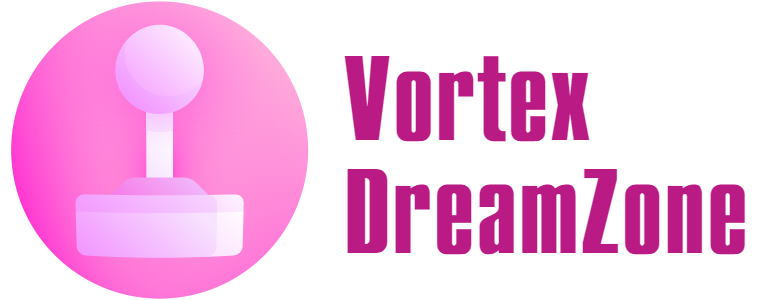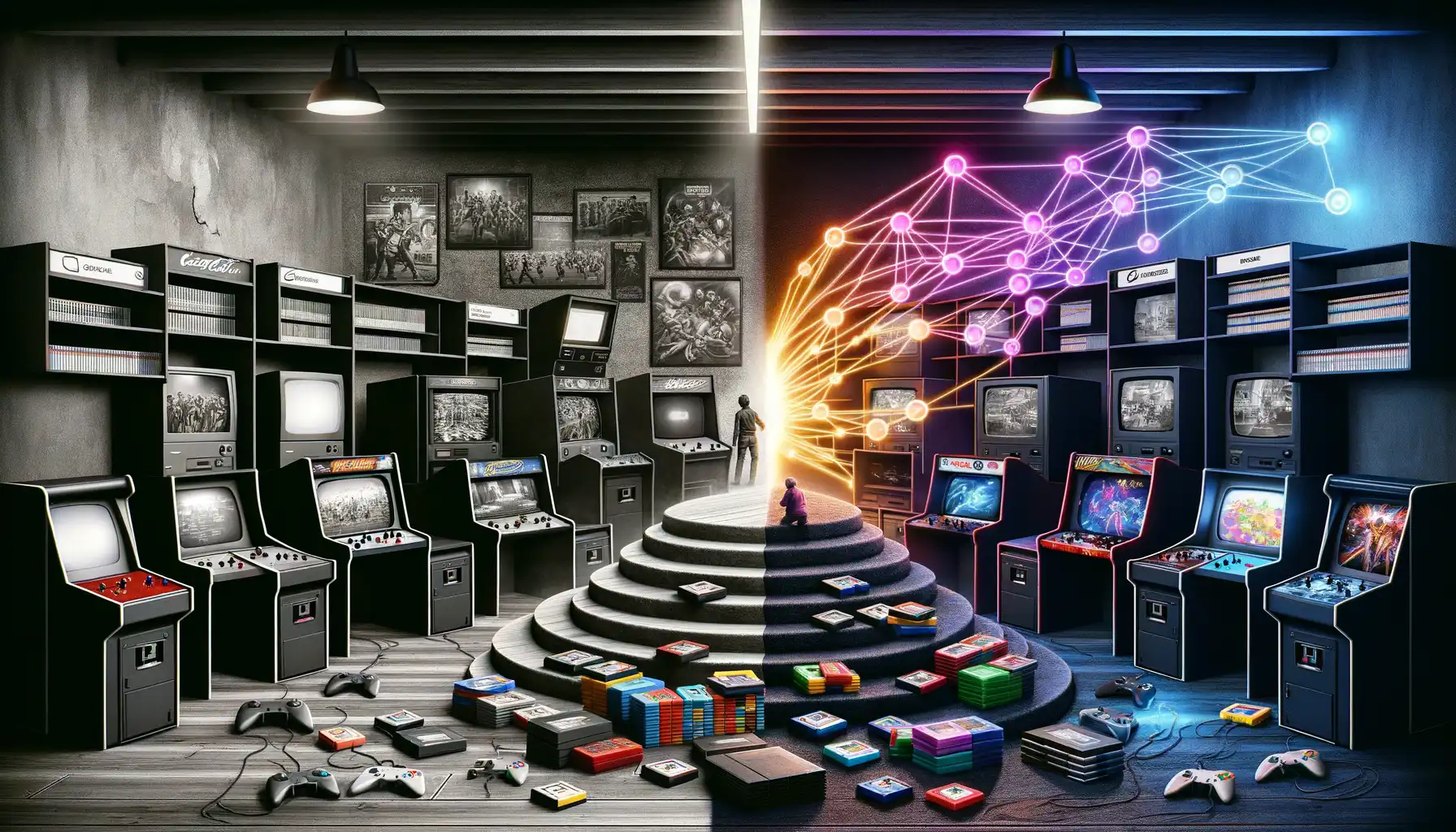Understanding the Rise of Cross-Platform Play
The Spark Behind Cross-Platform Gaming’s Popularity
Imagine a gamer on their trusty PlayStation teaming up with their best friend wielding a sleek PC setup. Not so long ago, this might have been a fever dream for gamers, but today? It’s the thrilling reality we’re living in! The rise of cross-platform play is not just a trend—it’s a revolution, breaking down the barriers that once confined players to fragmented ecosystems.
Why now? Because gaming is no longer just about competition; it’s about connection. When Fortnite allowed a mobile player to face off against a console gamer, the spark was lit. Gamers began to demand freedom:
- The freedom to play with anyone, anywhere.
- The joy of shared experiences across diverse devices.
This wasn’t just for hardcore fans either. Casual gamers loved the idea of blending worlds. Suddenly, a friend without a Switch could still join your Mario Kart frenzy—or at least, we hope that day isn’t too far away!
Cross-platform play doesn’t just connect devices—it unites people. And honestly, it feels like the entire gaming universe is cheering for the same team.
Technological Advancements Driving Cross-Platform Gaming
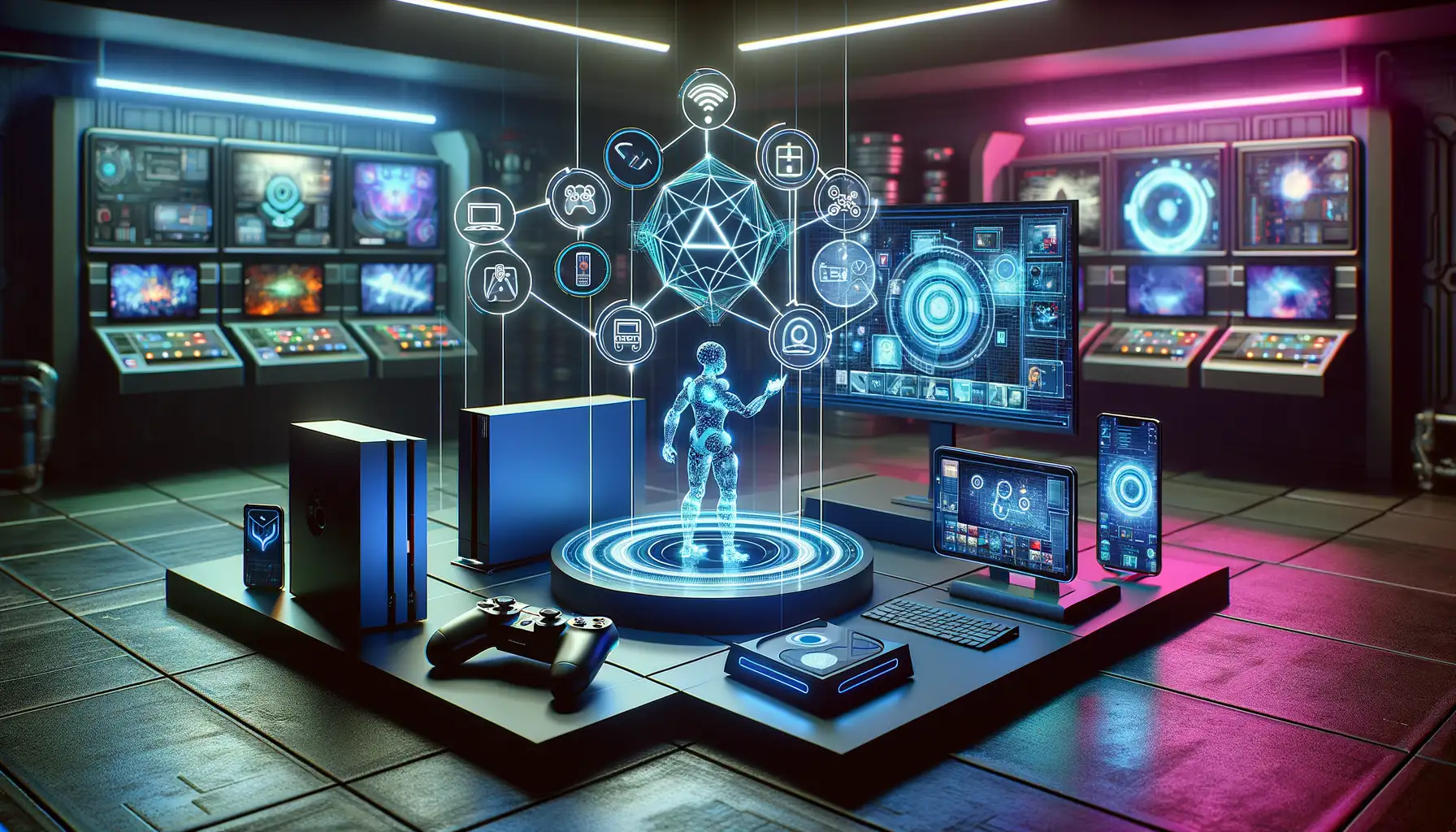
The Power of Cloud Computing and Streaming Services
Have you ever stopped to think about how far gaming has come? We’re no longer tethered to clunky consoles or specific devices—we’ve entered the era of limitless possibilities, all thanks to technological breakthroughs like cloud computing and streaming services. Imagine booting up a game on your sleek new PlayStation, then picking up exactly where you left off on your buddy’s Xbox with zero friction. That’s not future talk—that’s reality.
Cloud technology has become the unsung hero, allowing developers to create games that live in the cloud rather than being confined to any one system. Platforms like NVIDIA GeForce Now and Xbox Cloud Gaming have played huge roles here, seamlessly bridging console and PC players into one big happy gaming family. Streaming tech erases barriers; it doesn’t care if you prefer a 70-inch TV or a beat-up laptop—it just delivers.
- Total platform freedom? Check.
- No lengthy downloads? Double check!
- Gameplay with buttery-smooth transitions? Absolutely.
This transformation feels like the gaming world’s version of teleportation—fast, efficient, and mind-blowing!
Standardized Development Tools: The Secret Sauce
Now let’s talk tools because, honestly, they’re like the secret spice mix making cross-platform gaming irresistible. Game engines like Unreal Engine and Unity have stepped up their game (pun intended), becoming universal translators for developers. This isn’t just cool—it’s revolutionary.
Picture this: A game developer creates a lush, open-world adventure. Thanks to these standardized engines, they don’t need to rework every detail for PlayStation, Xbox, PC…and now even mobile! Instead, powerful tools ensure the game works perfectly across all platforms, squeezing out every drop of performance while maintaining the same jaw-dropping experience.
It’s like baking a cake once but being able to serve it on every type of plate imaginable. Delicious, right?
Benefits and Challenges of Cross-Platform Play
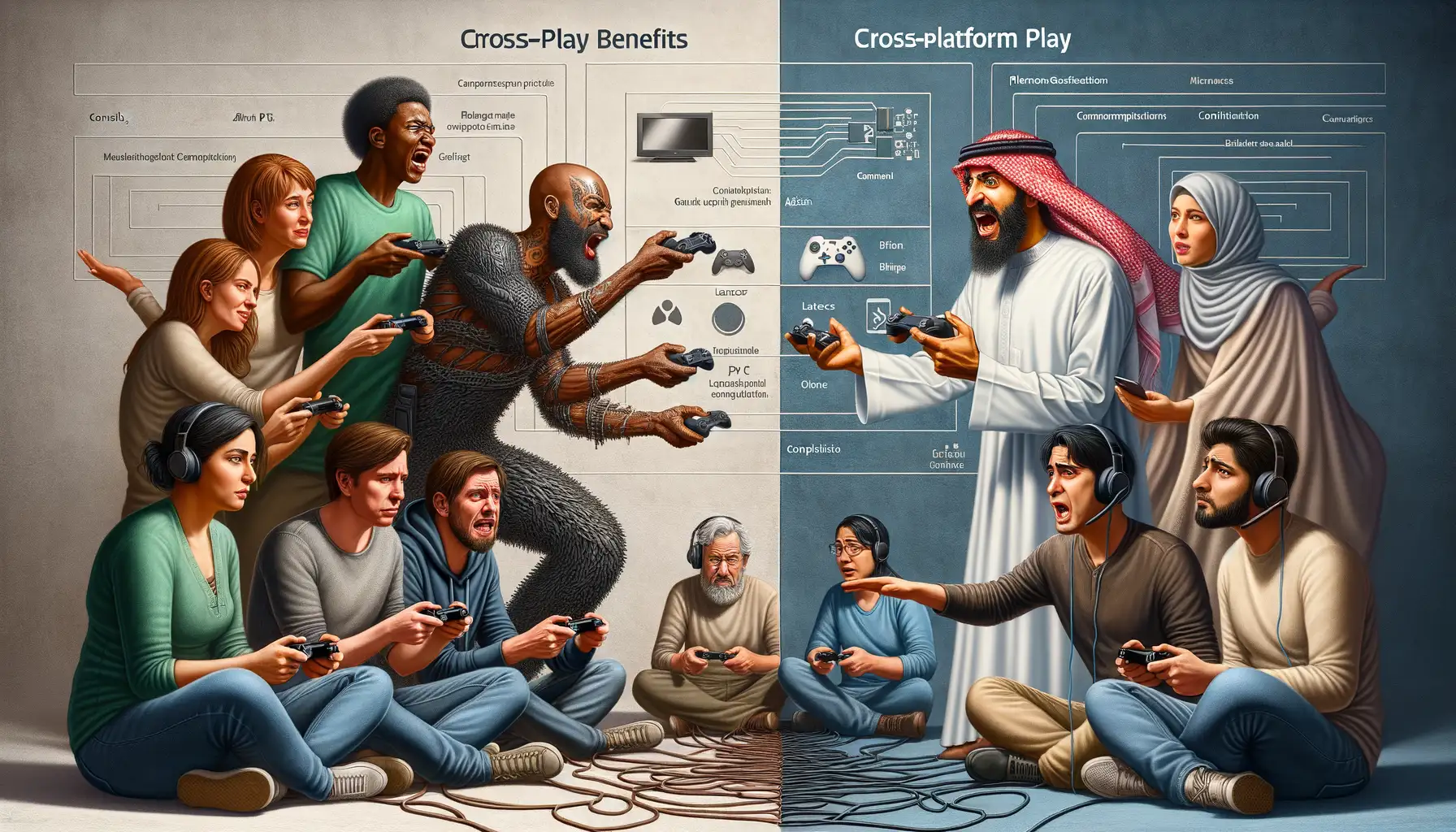
Why Cross-Platform Play Feels Like a Dream Come True
Imagine gaming with your best friend who’s on a PlayStation while you rock your trusty PC, or teaming up with a sibling who’s using an Xbox. With cross-platform play, these barriers are crumbling. One of the biggest perks? Pure connection. No more “Oh, I can’t play with you; I don’t have that console.”
It’s also about extending the life of games. Think about it: a dwindling player base on one platform no longer spells doom for your late-night gaming crew. You jump into a larger community—more players, more challenges, and infinitely more fun. And let’s not overlook the freedom to choose where you play without sacrificing your gaming squad. For gamers, that’s gold.
The Flip Side: Challenges Worth Tackling
But hey, it’s not all sunshine and infinite saves. Synchronizing hardware from different platforms is like trying to fit puzzle pieces that almost—but don’t quite—snap together. Not to mention matchmaking issues: ever been stomped by a PC sniper while wielding a smartphone? Yeah, balancing gameplay is tricky.
Then there are security concerns. With more platforms linked, hackers might see a juicy opportunity. Developers must create safeguards like a fortress guarding its treasure chest. It’s worth chasing, but it’s a steep climb.
Emerging Trends in Cross-Platform Gaming
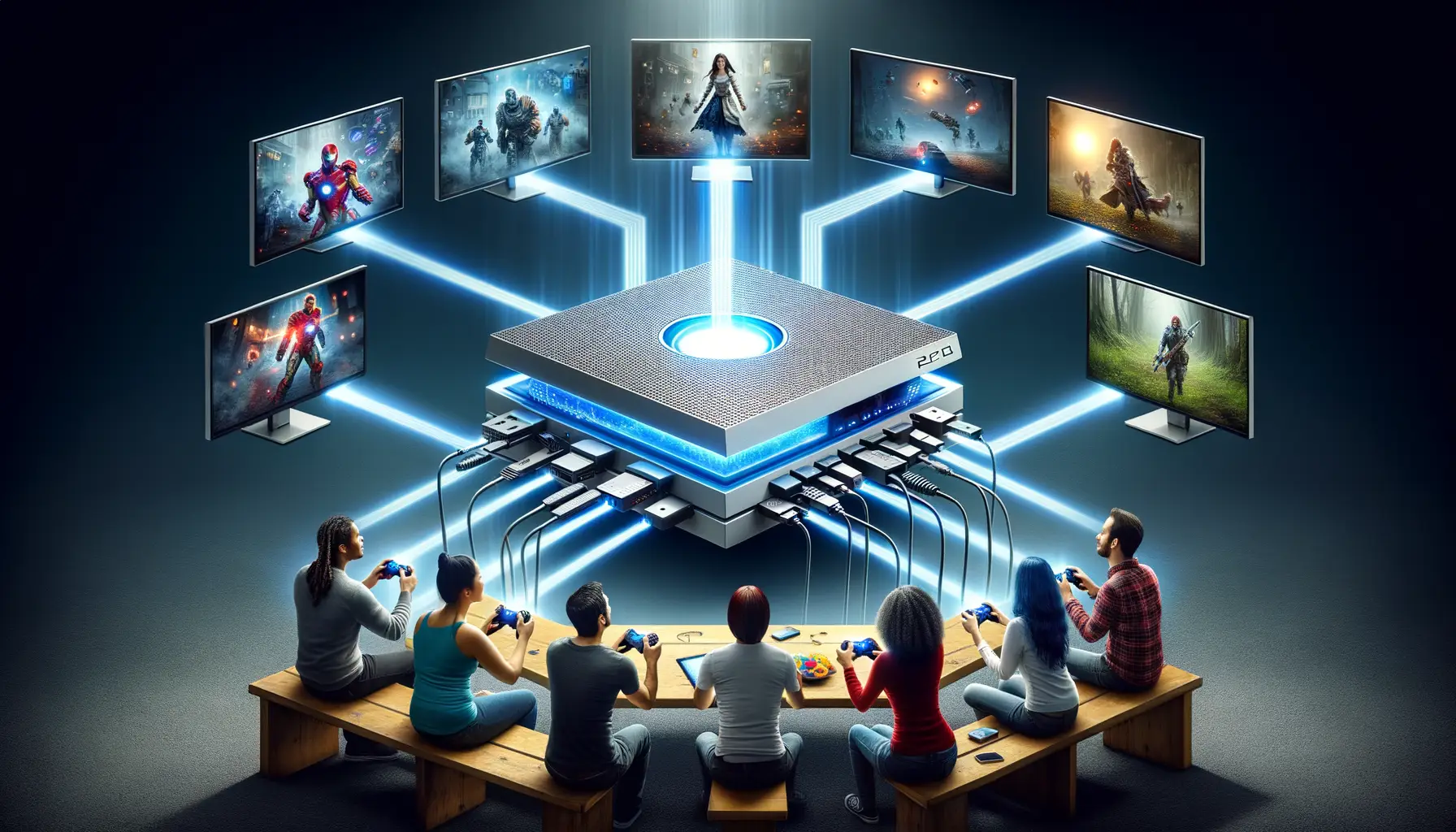
From Cloud Magic to Unreal Cross-Play Experiences
Imagine this: You’re on your PC, your best friend is on their console, and your cousin is tapping away on their phone. Yet, you’re all locked into the same high-stakes battle or adventure, no compromises, no barriers. Sounds like magic, right? That’s the next generation of cross-platform gaming we’re stepping into.
One of the hottest trends shaking things up is the rise of *cloud gaming integration*. Thanks to services like NVIDIA GeForce NOW and Xbox Cloud Gaming, players aren’t tied to expensive rigs or beefy consoles anymore. Just a decent internet connection turns your humble tablet into a gaming powerhouse. It’s democratizing access in a way we couldn’t have dreamed of a decade ago.
But that’s not all. Developers are also leaning into adaptive hardware compatibility. Think high-end graphics rendering for PC players while keeping mobile gameplay buttery smooth. This isn’t about compromise—it’s optimization across the board.
- Dynamic matchmaking tailored to mixed-platform lobbies
- Real-time ping balancing to level the playing field
- Exclusive cosmetic perks unlocked through cross-play achievements
These trends aren’t just cool features—they’re the fuel for unforgettable stories with your crew, no matter how or where you play.
What the Future Holds for Gamers and Developers
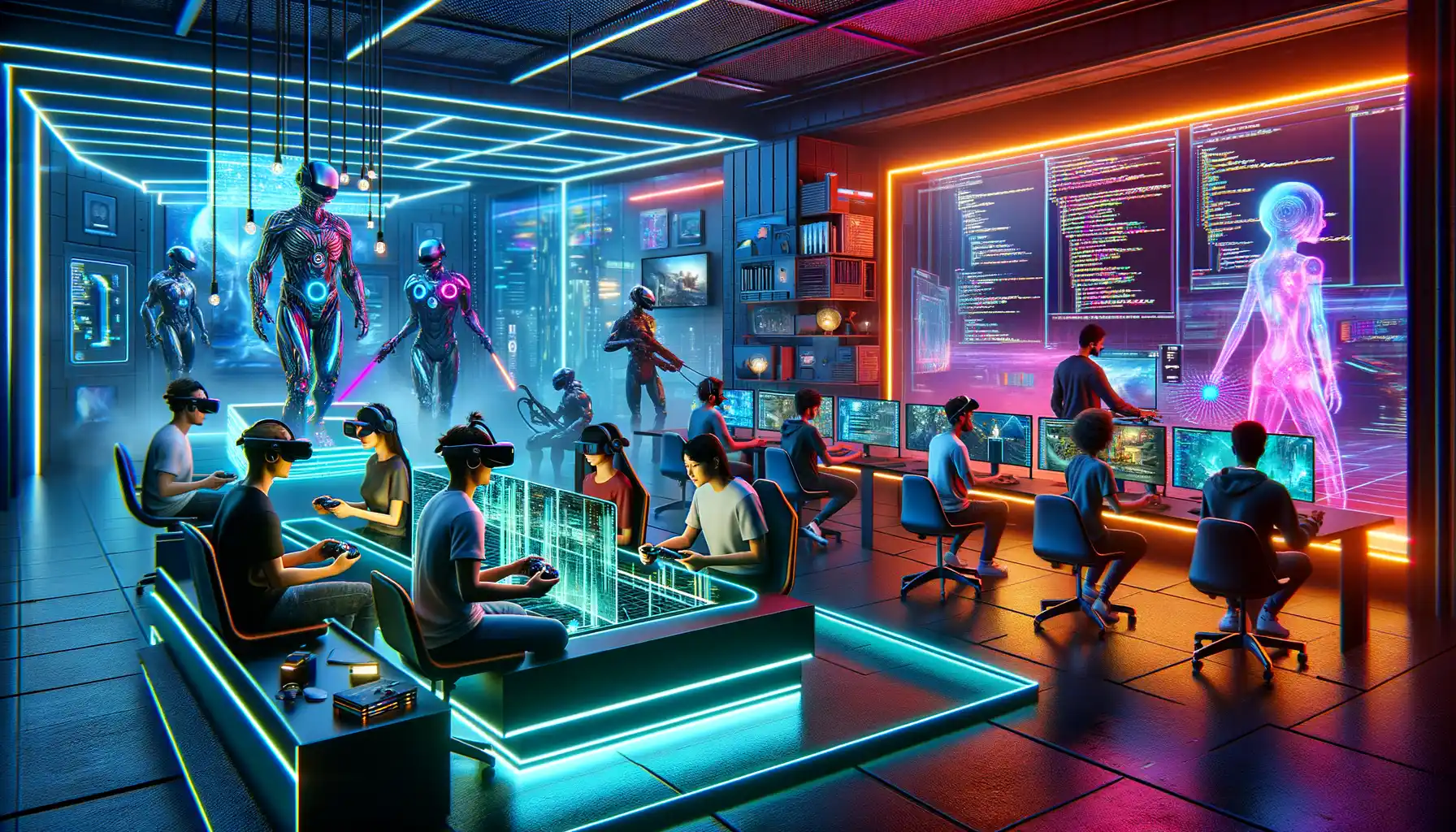
Revolutionizing How We Play and Create
Gamers, buckle up! The future is shimmering with opportunities and surprises for everyone who craves immersive experiences. For developers, it’s no less than a creative playground—one where dreams go from sketches to sprawling virtual worlds faster and smarter than ever before. Imagine a world where your friends are playing on different devices, yet it feels like you’re all sitting in the same room. This isn’t just a theory anymore; it’s becoming the backbone of gaming.
For players, here’s what’s coming your way:
- Seamless gameplay: Start a quest on your console, continue it on your tablet, and wrap it up on your PC, without missing a beat.
- Hyper-personalized matchmaking: AI advancements are making sure you find teammates (or rivals) that match your skill level—even across platforms.
- Jaw-dropping graphics: Thanks to cloud rendering, you might get console-quality visuals even on your phone.
For Developers, It’s a Treasure Chest of Innovation
On the flip side, developers are stepping into a golden era of collaboration. They’re unlocking tools like cross-platform engines, real-time analytics, and even procedural generation powered by AI algorithms. This means more time spent crafting stories and less time untangling compatibility issues. Picture this: a designer in Tokyo and a coder in Chicago can co-create updates for the same game, fixing bugs while players are still mid-match. It’s like rewriting a song with the audience singing along live.
